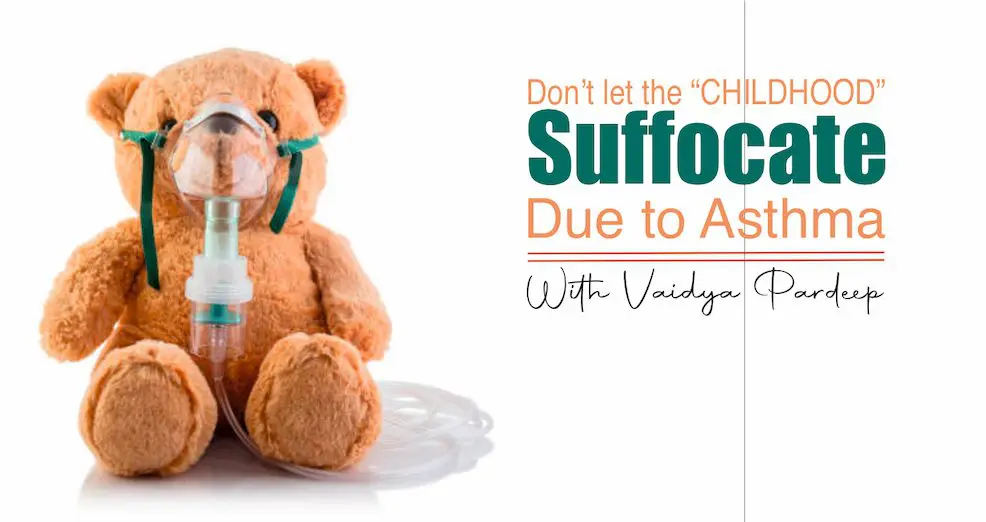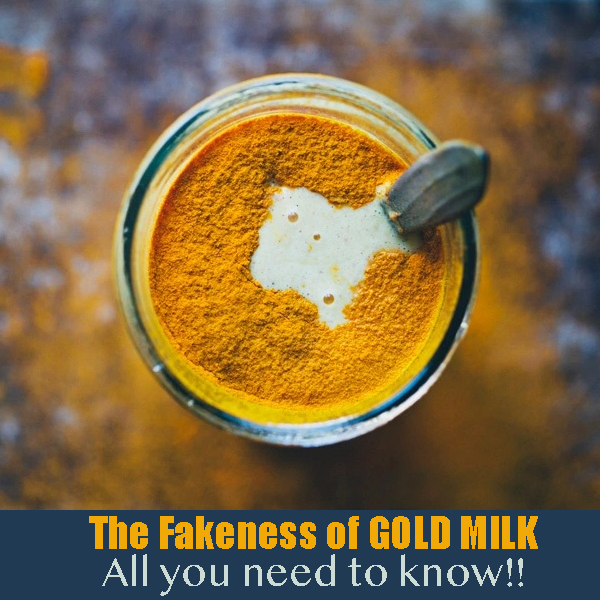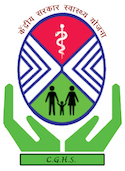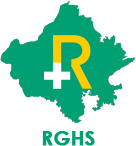Ayurvedic Cure For Childhood Asthma: A complete solution
When you see your child suffocating, it is very disappointing being a parent. The major helplessness is because you cannot help the kid. Childhood Asthma is a major problem nowadays. And most of the time we circle on- pollution and all alone. But there are many factors, other than pollution (no doubt, pollution is a major cause). Being a father of two young kids, I can relate completely to the problem and “mental harassment” due to a diseased baby. Here I will try to touch on all aspects of Childhood Asthma. Besides discussing the problem, I will try to suggest to you some basic ideas- how does Ayurvedic cure for Childhood asthma works. It not only works, it works wonders.
A humble request before I start the discussion further- NEVER, means NEVER EVER TRY EVERYTHING ON YOUR KIDS.
Medicines given in name of “home-remedies” are medicines only. And medicines without care are always dangerous.
– Childhood asthma is a chronic condition that affects the breathing patterns of children.
– It can be treated effectively and most often goes away by adulthood, but in some cases, it persists into adulthood.

What is Childhood Asthma?
Childhood asthma is a chronic condition that affects the breathing patterns of children. It can be treated effectively and most often goes away by adulthood, but in some cases, it persists into adulthood.
Childhood asthma causes symptoms like
- Chest tightness,
- Wheezing,
- Coughing,
- Shortness of breath, or
- Trouble talking when doing physical activities.
The severity and frequency of these symptoms may vary over time – for instance during an infection such as colds or flu they may worsen.
Because those viruses irritate your airways making them more sensitive to triggers that cause asthma attacks. In addition to poor health outcomes from childhood asthma itself (such as difficulty learning at school), there are also associated risks with other serious conditions later on in life including cardiovascular disease, stroke, and even premature death.
Causes of Childhood Asthma
Childhood asthma has a lot of different causes, and it can be difficult to predict who will develop the condition.
– The most common cause is allergies – many children with asthma have allergic reactions to things like dust mites or pollen that make their airways inflamed and sensitive.
– Asthma may also be caused by something called environmental triggers (like smoke from cooking) or other factors known as atopy. In this kids are more likely than others to react when exposed to certain allergens such as animal hair, foods like milk, eggs, peanuts, and soybeans; mold; house dust mite and cockroach droppings.
Childhood asthma has a lot of different causes, and it can be difficult to predict who will develop the condition. The most common cause is allergies – many children with asthma have allergic reactions to things like dust mites or pollen that make their airways inflamed and sensitive.
In fact, one out of five children with asthma has a parent who also had the condition.
Teenagers Aren’t Immune From Childhood Asthma either!
In fact, one out of five children with asthma has a parent who also had the condition.
All you need to know about Asthma– Don’t miss this.
Is childhood asthma self-limiting?
Many parents keep on waiting that their kids will grow up one day and this Asthma will disappear completely. I have heard this “hope” several times in my clinic.
But the truth is just the opposite.
This hope has no scientific background. It is just an “observation” of few people.
Asthma of childhood is not always self-limiting and in cases where symptoms persist into adulthood. It becomes chronic with time, doesn’t disappear.
Childhood asthmatics are also more likely to have other conditions like allergies, eczema, or hay fever which make them more susceptible to respiratory problems later on in life.
Childhood asthma is an illness that some children experience. This affects the way a child breathes and can decrease their ability to play or learn at school. Childhood asthma has many forms, including allergic asthma (e.g., hay fever), exercise-induced asthma, intrinsic wheezing, nocturnal symptoms of cough and sleeps disturbance due to chronic bronchitis in childhood, viral-induced exacerbation among others.
It’s also important for parents to know how often their children have these types of symptoms. This helps parents decide when this is the time to see a doctor about getting help with treatment for the condition. Such as medication from your family doctor or allergy shots from specialists like pediatricians specializing in allergies who are called allergists. Childhood asthma can be treated with various medications, including bronchodilators that relax the airways and help make breathing easier.
With this false hope – Asthma will cure itself with time. Many parents start exposing their kids to steroidal-inhalers, which complicate the whole life of kids, further.
You need to know about the impact of medicines commonly used for Childhood asthma.
Before you opt for medicines for your kids, it is important to rule out- IS IT ASTHMA OR NOT!!
Impact of Bronchodilators and Steroids in Childhood
The side effects of bronchodilators in childhood asthma include:
- Dizziness
- Headaches
- Nausea and vomiting
- Swelling or sore throat, if taken orally.
Along with these complications, the other
The same applies to steroids.
The main benefits of using steroids in children with asthma include reduced inflammation and decreased airway reactivity.
However, these medications do have some negative side effects that are important to know before use. The potential short-term adverse reactions may depend on the dose given, route of administration (oral vs intravenous), duration of therapy, age/weight status, and any preexisting medical conditions present at the time of prescription initiation. Potential long-term consequences or adverse drug reactions associated with steroid usage, in general, include reduction in height velocity; emergence or worsening acne vulgaris; Cushingoid features (i.e., obesity, moon face); and premature closure of the epiphyses in children with delayed puberty or short stature.
Why Kapha diseases are common in childhood, according to Ayurveda?
We all are parts of a cyclical process.
We are born, we age and we die. In between this cycle, when we age, we cross many milestones. Childhood is one of the most important part of this journey. Because the nurture we get from our family decides our being in the future.
Because childhood is about being built and formed. Thus this period is dominant with Kapha. Certainly, this Kapha is not Cough. This is a Dosha, which is dominant in this phase.
This Kapha doshas is moist and has the capacity to block the passages. So at this age, if you are offering nurture which can increase the Kapha Dosha. It will complicate the whole process of the disease. Perhaps this is the reason, why Asthma and allergy are most common in childhood.
Being in an age of a dosha doesn’t “guarantee” for the disease associated with the Dosha. But chances are higher. So we need to be careful.
How Does Ayurvedic Cure for Childhood Asthma work
Ayurvedic medicine offers a holistic approach to treating Childhood Asthma. Ayurveda is the tradition of natural healing that originated in India thousands of years ago and was kept alive by wise men who passed along this knowledge from generation to generation.
Ayurvedic Cure for Childhood Asthma: How does ayurvedic help?
The root cause of childhood asthma–the allergens that trigger an immune response—can be identified by performing allergy testing via skin prick or blood test. These tests are available from your physician or specialist such as an allergist. Once you know the allergen’s identity, it’s possible to remove it from the child’s environment through desensitizing therapies (such as sublingual drops), medications (such as antihistamines), and avoidance.
Treating Asthma with Ayurveda– A must Read for all.
Childhood asthma could be eased with Ayurveda. Ayurvedic treatment for childhood asthma is a multi-pronged approach, which includes diet changes to reduce exposure to allergens, herbal remedies that help relieve symptoms of respiratory inflammation and spasms in the airways, inhalation therapy (same like as nebulization) for intense inflammation or infection episodes outside of the lungs.














